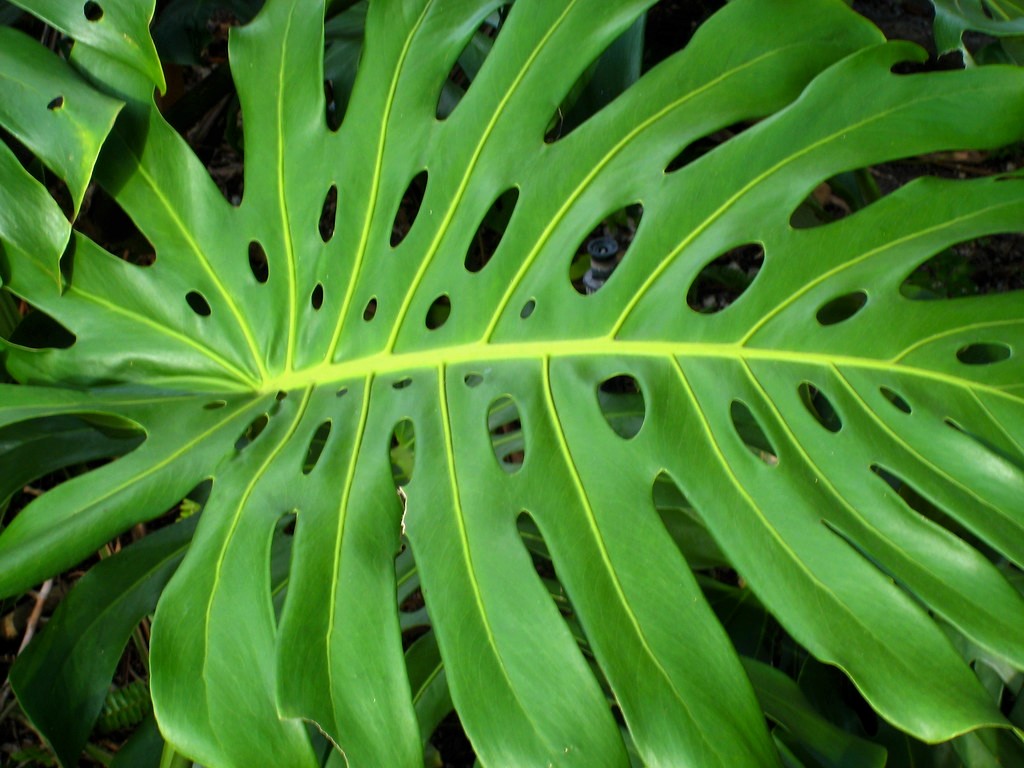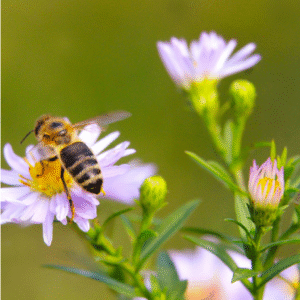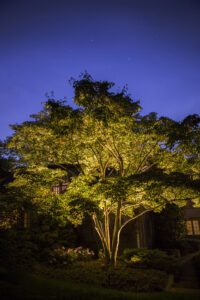By: Elena Roman
What good would a leaf with a bunch of holes in it be for a plant? You would think, that if the sole function of a leaf is to absorb and process as much sunlight as possible in order to make food for the entire plant, the leaf must have to be big, green, and certainly not have giant, gaping holes. Of course, in the natural world, there are always incredible exceptions to our human logic. A common member of our indoor garden entourage, the swiss cheese plant, or Monstera deliciosa, is one of these outstanding examples of a seemingly paradoxical natural design. However, there is more logic to this houseplant’s cheesy appearance than what meets the eye, once contextualized by its true habitat, tropical rainforests (not our living rooms).
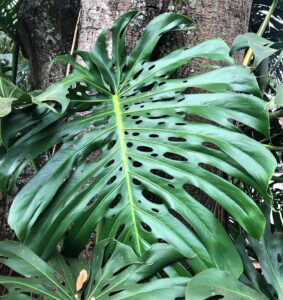
Monstera deliciosa begins life on the rainforest floor, and then climbs its way up tree trunks, finding home in the forest understory, ultimately losing all connection to the ground as they gradually produce aerial roots with maturity. These dark, understory conditions are not conducive to much direct sunlight for Monstera, leaving only sunflecks (occasional shafts of light penetrating the dense tree canopy) available to be used for photosynthesis. These sunflecks account for more than half of the cheese plant’s total photosynthesis, even though they are rare and unpredictable in occurrence.
But the question still stands: why so many holes, if these small, infrequent bursts of light are a matter of life and death?
The answer comes in two parts. First, for a given amount of actual leaf, a leaf with holes can be bigger than one in the form of an entire leaf (one without holes). Take the swiss cheese plant’s characteristic foliage for example–they can reach impressive sizes, especially in their native environments. Now, for such an enormous leaf, Monstera displays more holes than leaf surface, but the larger size of the leaf would mean more encounters with sunflecks (even though most may very well just go straight through the holes). An entire leaf with equal area of actual leaf would encounter a sunfleck rarely, but would be able to use all it did encounter. The takeaway? The big, holey leaf would experience more or less the same low but steady influx of sunlight while in contrast, the entire (and consequently smaller) leaf would only experience an occasional bonanza of sunlight.
Simple math will show you both leaves, despite these different strategies, would receive equal amounts of sunfleck per year. Which brings us to the second part of the answer to our still-standing question… Why the holes?
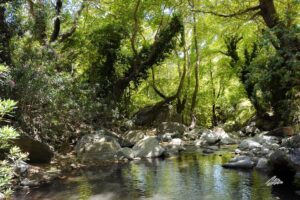
As far as natural selection is concerned, what matters is not the average performance of the two leaves (which is the same), but the variability. Variability is quite bad for the smaller, entire leaf. Imagine these leaves as investors acquiring a dividend, reinvesting that dividend to acquire more carbon. The entire leaf is the risk-taking investor: it may experience high returns, but at the expense of predictability and reliability (occasional bad years depress yield more than occasional good years increase it). The larger, holey leaf is savvy–it will experience lower returns, but they are steady and reliable. For example: A sum invested for three years yields a 10% return each year, while another sum invested for three years yields 5%, 10%, 15% per year. Both maintain the same yearly average percent return, but the variable rate of the investment yielding the 5%, 10%, and 15% returns per year delivers an average return less than the consistent 10% returns per year (the more variable returns result in 9.92% returns per year, compared to 10% of the less variable returns). Now, this may not seem like a significant difference per year, but it is still less. Not to mention the more variable things get, the worse the variable rate.
This is what is considered a Big Idea in evolutionary biology; evolutionary changes reducing variability tend to get selected, even if they do not change average performance. So remember: the fables were right. Slow and steady does win the race!

